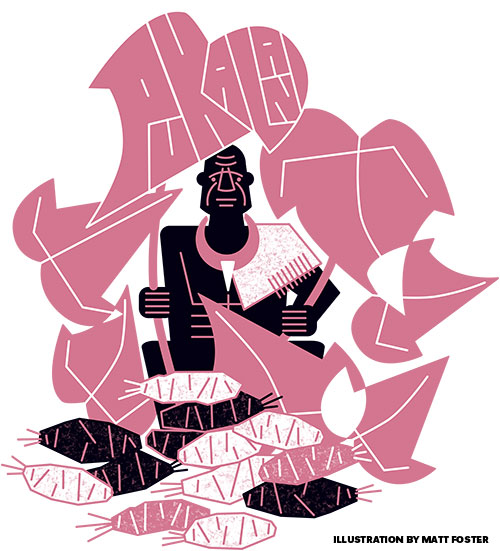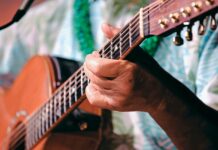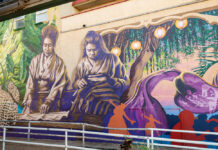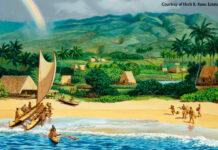
Kumu hula Hōkūlani Holt and Hawaiian scholar Hōkūao Pellegrino believe the name refers to the flooding of the Wailuku River that has repeatedly wiped out nearby settlements since ancient times. In 1916, one such flood destroyed as many as seventy-five homes and killed thirteen people. Another, in 2017, washed out the road into ‘Īao Valley, damaging property, forcing the emergency evacuation of valley residents, and resulting in a months-long closure of popular Kepaniwai Park.
Luku also translates as “massacre,” and some cultural experts think “Wailuku” refers to warfare—possibly the bloody battle of Kepaniwai, whose name means “damming of the water.” In 1790, the warriors of Kamehameha the Great pursued those of King Kahekili into the valley; the ensuing conflict choked the river with the bodies of those Maui warriors.
But composer/musician Cody Pueo Pata and others believe the name predates that conflict. Pata cites a chant from the 1600s about a battle in Wailuku between pueo (owls) and egg-stealing humans. (The owls won.) Like some other ancient stories, there are several versions of this legend; some place the battle of the owls in Waikīkī or Kona.
Such debates are intellectual candy for scholars of Hawaiian history and culture.
“With the revival of the language, we can have these educated debates,” says Pellegrino, who has studied the old maps for years. “To even be in [such] a time is great. I love place names, even if we’ve lost the original mana‘o [meaning].” After twenty years, he adds, “I’m just scratching the surface. . . . It’s always like finding new treasure.”





